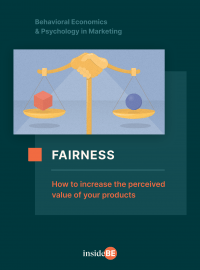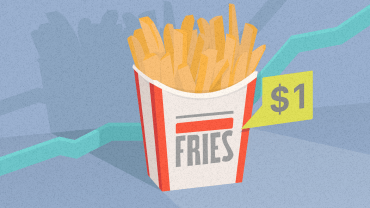How to Increase Sales by Making Simple Changes to a Product Description?
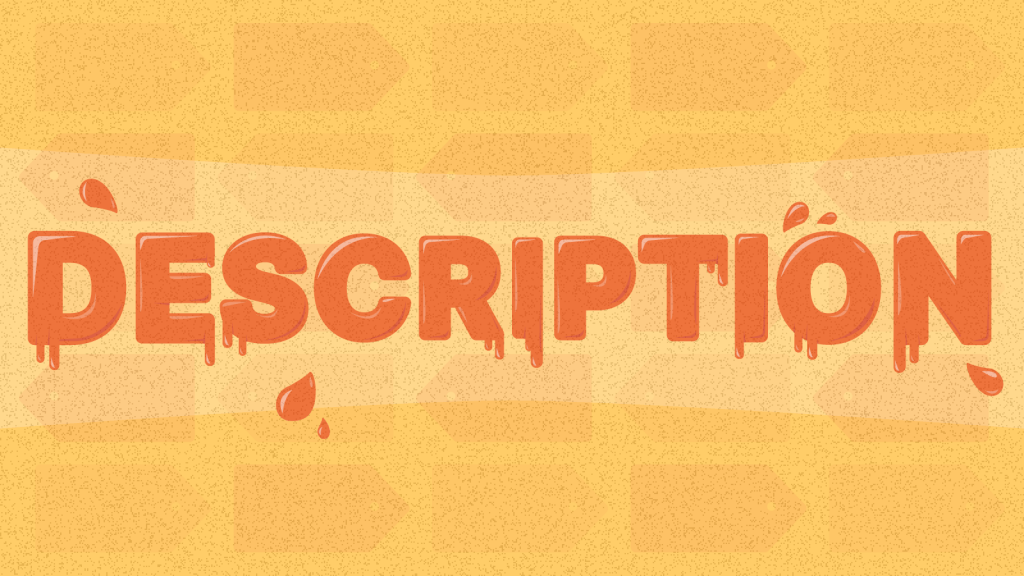
In this article, you’ll discover:
- Why it’s important to describe your product using vivid language;
- How the same product can be perceived as more or less valuable; and
- How increasing sales can be a matter of adding just a few more words
Imagine taking your partner to a romantic dinner at that new Italian restaurant in town to celebrate your recent promotion. You put on your Sunday best, which you’ve been saving for special occasions like these. Once you arrive, the waiter walks you to your table and hands you the menu.
Two dishes immediately catch your attention. The first one is the “Seafood Fillet.” You’ve been craving seafood for a while now so it seems like a pretty good option. The second dish is the “Home-Style Chicken Parmesan.” Yes, that sounds better. The adjective “home-style” itself makes you think about the chicken your grandma used to make, and it’s enough to sway you into thinking that it’s probably the better choice.

Discover ground-breaking ideas and fascinating solutions.
A week later, you end up going to the same restaurant for your anniversary. The chicken was great last time so why not stick to “old faithful”? But when you open the menu, you notice that the dish labels have slightly changed. Now you see just “Chicken Parmesan” followed by “Succulent Italian Seafood Fillet.” Is it just me, or does the seafood dish sound a whole lot more appealing than last time?
Vivid language can increase the perceived value of a product
This is actually a simplified description of a study done by researchers from Cornell University. They hypothesized that by using more indulgent language to describe a dish, there would be an increase in customer preference for it. And they were right – in some cases, sales soared by as much as 27%. It worked especially well in cases where the origin of the food was mentioned, such as “Italian” or “Home-Style.”
Very similar results were observed in a study done at Stanford University. Vegetables with more indulgent-sounding descriptions were chosen 23% more often than those with a basic description.
If your product is described in a way that allows for your customers to see what went on behind the scenes then they will attribute a greater value to the product.
But why is that, exactly?
Well, generally, people have trouble assigning an objective value to things. We don’t know how much something should cost, how good it’s going to be, or if it’s even worth our money. That’s why we tend to base the value of a product on the story behind it.
To put it simply, research has repeatedly shown that if your product is described in a way that allows for your customers to see what went on behind the scenes, such as the hours and sweat put into it through an engaging story, then they will attribute a greater value to the product and be more willing to spend money on it. This concept is called perceived value.
That’s why “home-style chicken parmesan” sounds better than just “chicken parmesan” and “dynamite chili and tangy lime-seasoned beets” were picked more often than just “beets.” The food industry has really been leveraging this art of description, often describing a product in such a way that you can literally hear your taste buds shouting: “Gimme!”
Consider this commercial by Marks & Spencer.
“This is a melt in the middle, Belgian chocolate pudding served with extra thick Channel Island cream.”
Believe it or not (but you probably should because it’s a fact), this campaign increased chocolate pudding sales by a whopping 3,500%!
As you can see, even a couple of words can make a huge difference in how much your customers value your products. And the power of these “juicy” descriptions reaches far beyond the food industry. Check out these descriptions of Range Rover interiors:
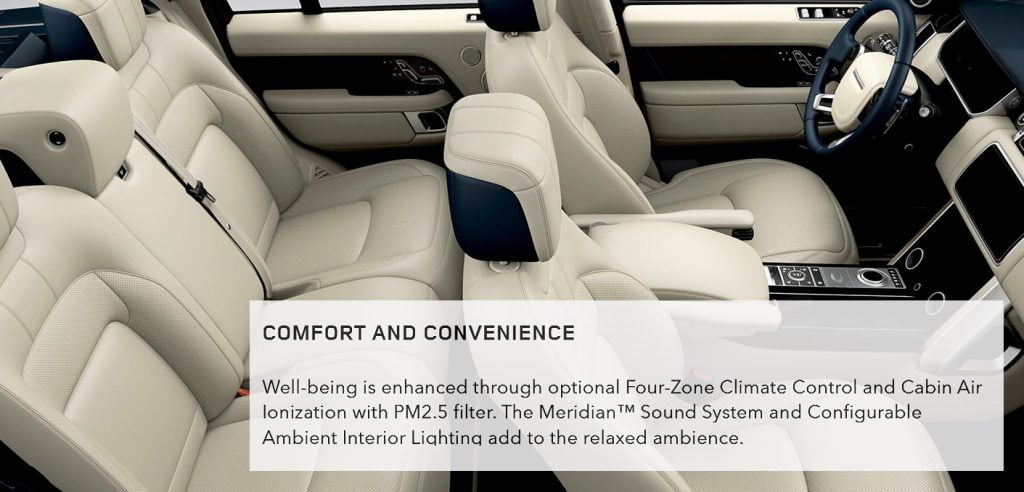
Source: Land Rover USA
You don’t need to know what a PM2.5 filter is. They know you don’t know. But it sounds professional, high-tech and, you guessed it, valuable. How could that be bad?
The right description can justify a higher price
Now let’s head over to Silicon Valley for a moment. When it comes to laptops, there are very few companies that describe their products better than Apple. But it’s not like they really have a choice. Some of their prices are often astronomical. When Apple launches the latest Macbook, for example, they need to show customers the value of having it. And they know how to do this extremely well. Just take a look at their description of the 16-inch MacBook Pro:
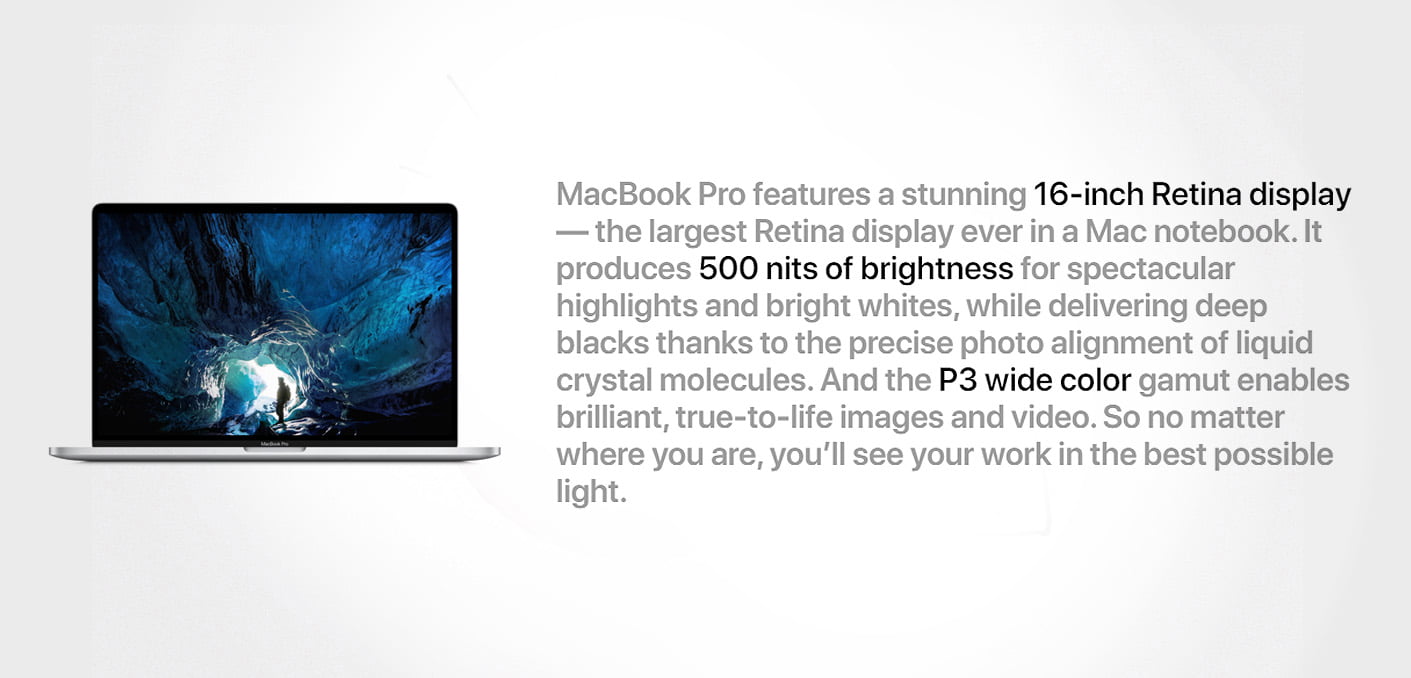
Source: Apple
Even lifelong Windows users can’t deny how appealing this all sounds. Apple tells you in great detail what high-end tech features you get for the new MacBook Pro’s sticker price. Again, you don’t need to know what the liquid crystal molecules or the P3 wide color gamut are — that’s not the point. The point is that the information is there and that it sounds good.
After mentioning these cool features, the description ends with a very brief explanation of what they actually mean to you: “…you’ll see your work in the best possible light.” Now you’ll end up valuing the product even more and the price will seem a whole lot more reasonable.
We wouldn’t be talking about perceived values if we didn’t also include Weber grills in our article. Generally selling at up to $3,000 USD a pop, these grills sure ain’t cheap and can do more damage to your wallet than the latest iPhone. But Weber knows exactly how to justify their high prices by saying all the right things. Check out how they describe the features of their Sear Station grill:
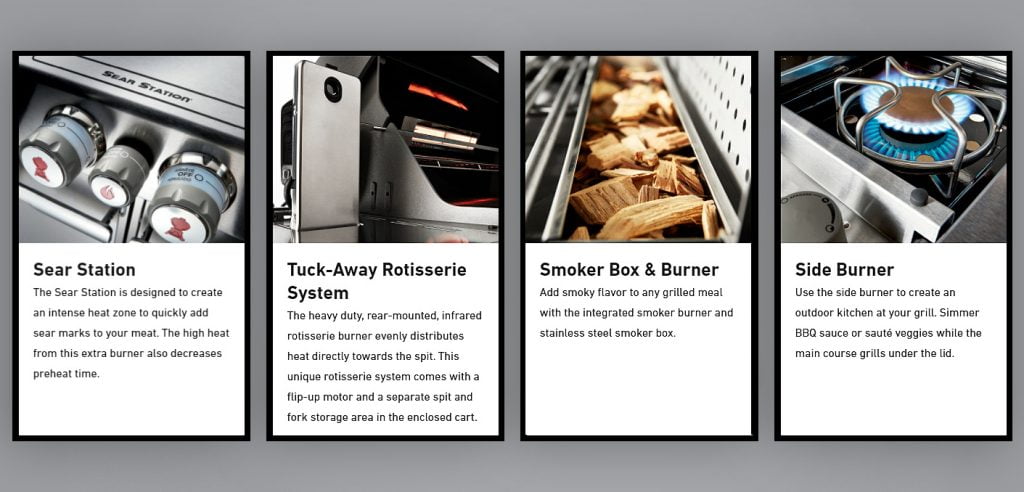
You can almost see “the wheels turning” as this masterpiece of a machine delivers the best possible meal you could have. And that’s how it should be done — if a product is pricey, customers need to see why. Providing them with a tangible description of all the features that make the product unique is a great way to draw them in and have them reaching for their credit card.
The perceived value is therefore a two-fold weapon. Not only can you use it to make your product more appealing, you can also use it to justify customers dishing out big bucks.
Key Takeaways:
- Show the customers what happens behind the scenes. Tell them an engaging story about the product or illustrate all the hard work that went behind it.
- Use vivid language to describe the product. It will increase the perceived value of your product and make it more appealing to potential buyers.


